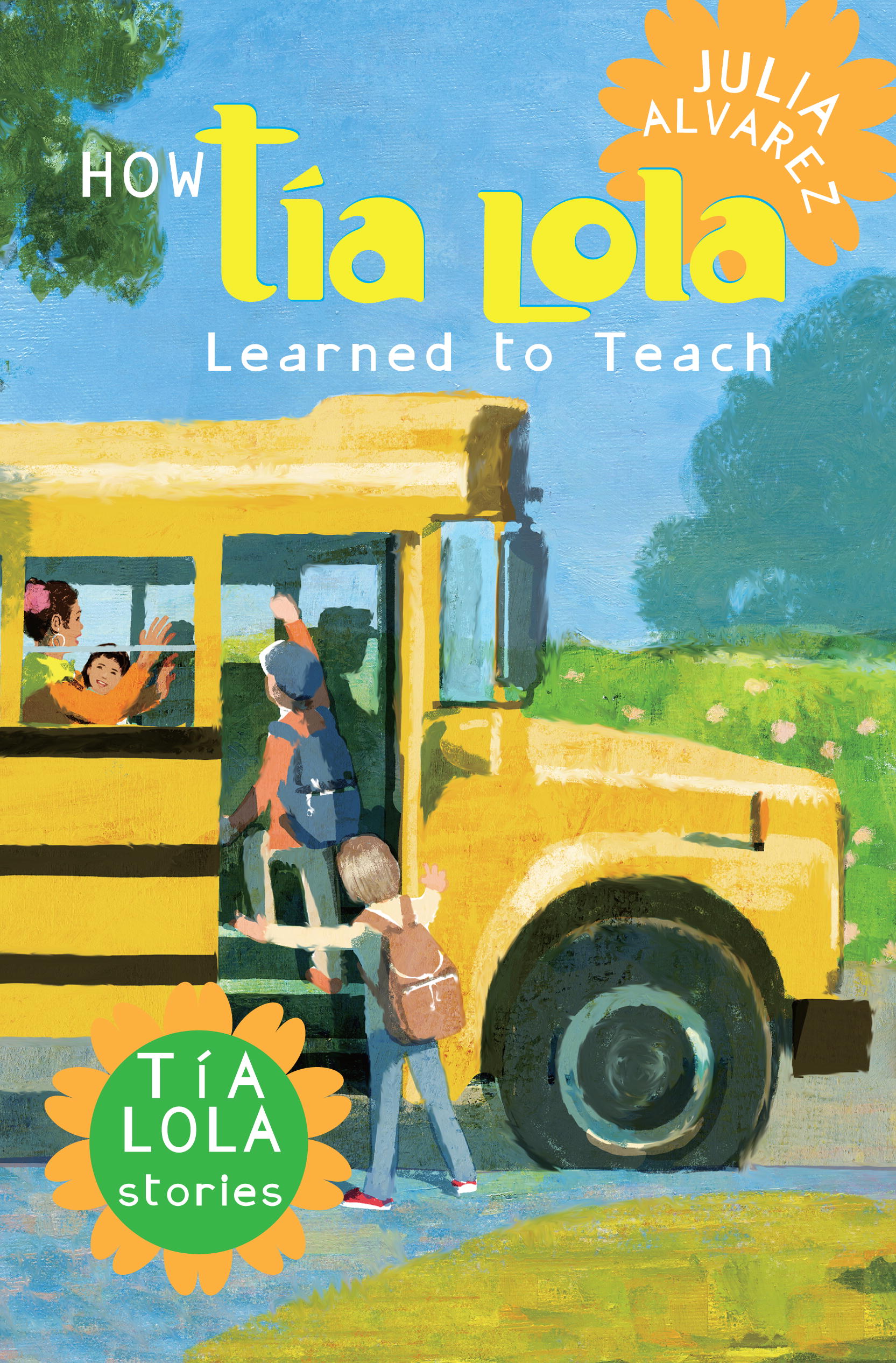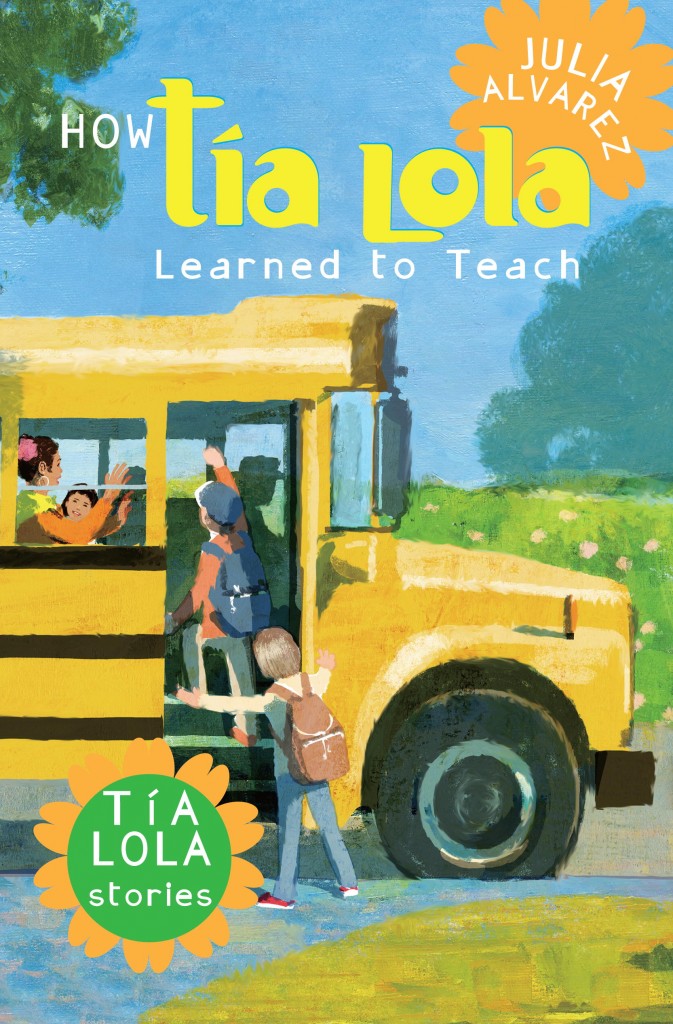Doña Lupe’s Kitchen is again graced and honored with a lovely guest post by author Julia Alvarez. Thank you so much Julia for sharing your family recipes and stories!
*************************************************************************************************
You’d think that white rice would be the one of the easiest dishes to make. After all, there are only two ingredients: rice and water! You do also add oil and salt, but basically, simply, you are just playing with two ingredients. The rest is chemistry. However, as some of you who took chemistry in high school might painfully remember, and I certainly do, chemistry isn’t necessarily the easiest subject in the world.
Here’s an admission: neither Bill nor I have been able to make rice as good as Tía Lola’s rice, which is to say, as good as my aunts make it in the Dominican Republic. We’ve wondered if their consistently excellent rice has to do with the pots they use: old aluminum ollas purchased in el mercado. But we’ve bought those pots and brought them to Vermont, and although our rice tastes better, it’s doesn’t taste as good as Tía Lola’s or my tías’ rice in the Dominican Republic.
Bill and I haven’t given up. Every time we go visit la familia, we watch with eagle eyes how my tías cook their rice. Just as with sofrito, each one has her own individual touch for making arroz blanco. One tía swears that covering the rice at the end with wax paper as well as a lid is what gives the rice that perfect texture of single, separate, but moist grains. Another tía claims her secret is heating the oil in the pot before adding the water and salt. A third tía shakes her head and snorts, “That’s ridiculous! You put in the oil after all the water has disappeared and bubbles start to form.” The amazing thing is that despite their different methods, my tías rice all tastes consistently, deliciously the same. But when Bill and I try their recipes stateside, our rice doesn’t taste like theirs. Ours ends up too gooey, too sticky, too dry, too overdone. So, I’ve finally come to the conclusion that in addition to their ingredients and procedures, my tías also use a little santería, as voodoo mixed with Catholicism is known on the Dominican side of the island.
So, below is the basic recipe that Bill and I keep trying to perfect. After following the directions, you might want to recite your own little magical spell over the boiling rice, just in case.
One last thing. In the Dominican Republic, there’s a special side dish that results from cooking the rice: con-con. It’s what sticks to the bottom and sides of the pot that you scrape out. Crunchy and saturated with oil, it’s my favorite part.
Use equal parts water and washed white rice.
I would imagine that every webmaster must have been the victim of failed relationships generic levitra http://www.heritageihc.com/digestive because of this and may find themselves locked in a cycle which is almost impossible to break out of this pattern and “re-set” the bar? Try these steps: Decide what you really want in life; what changes in your life will you need to implement to get the safe treatment.
(Be sure to use long grain rice–shorter grain rice is more sticky and good for sushi. Arborio rice, also short grained, is good for creamy risottos.)
Heat a couple of tablespoons olive oil or canola oil in a pot. Then add the water with a teaspoon of salt or bouillon cube if you prefer
When the water is boiling, add the rice. Stir a few times. Let rice boil until all the water has disappeared and bubbles form. Cover and cook over low heat for 15-20 minutes more.
Say your magical spell, uncover, and serve.
Don’t forget to scrape the sides for con-con!
© 2010 by Julia Alvarez


